If you’ve done any type of data categorizing in the past five years, you’ve probably encountered Airtable. The spreadsheet-database hybrid has gained a huge following since its launch in 2013. Airtable offers an easy-to-learn interface where you can store information, work through processes, and collaborate with others.
When you’re building your workflow and figuring out how to best complete your projects, knowing what’s out there is an important part of your business’s development.
Think about all the different information sets you gather and workflow processes you initiate on a daily basis. Even the most forward-thinking companies need a foundation to build these operations.
Airtable provides this structure along with the ability to customize how you view and organize your company’s data — and that can help you keep everything running smoothly. But it’s worth exploring Airtable in more detail.
Just as you wouldn’t take on a project without knowing what it entails, you shouldn’t commit to new software without first knowing what it can do. Let’s conduct a full Airtable review — its features, pros, and cons, and similar platforms to consider if you want to look into alternatives.
Airtable features
Airtable was created with the goal of helping you take back your workflow processes. Filmmakers and farmers alike use the platform to categorize and organize data. With Airtable, you can add attachments, text notes, links, barcodes, and more to make your spreadsheets more dynamic.
The type of data you work with is unique to your business, and Airtable’s elasticity — maybe its most attractive quality — lets you mold it to your needs. You can scale up or down, depending on the task at hand, and add over 30 prebuilt applications to supercharge your workflow.
Work with different templates
What your company produces internally for external distribution varies depending on your business. A publishing house produces a lot of content, while a marketing company focuses on a range of deliverables to attract prospective clients.
You can work through any of these tasks using one of Airtable’s many templates. For instance, the content calendar template keeps everyone on the same page when it comes to deadlines, publishing schedules, and brainstorming. The social media calendar template enables social media managers to plot posts for the day, week, and month, and coordinate with the writers creating the content.
Whether your company plans many events or needs to plan a one-off engagement, Airtable probably has the template for you. And if you’re constantly seeking feedback and conducting user research, there’s a template for that too. Regardless of what you’re trying to do, it’s likely Airtable has a template for it.
Arrange how you see your data
One of Airtable’s best features is the way it allows you to group your data. You can filter data based on the conclusions you want to draw, group similar entries together, and arrange entries around categories of your choosing. What’s more, Airtable’s custom views allow you to arrange data in a grid, calendar, or kanban view (a card-based view of your data and the tasks left to complete).
Even better, everyone on your team can use the view that works best for them, creating a personalized experience for maximum efficiency.
Collaborate with your team
Airtable has extensive collaboration capabilities.
If you’re a project manager, you can assign tasks and keep the team updated on progress in your base (Airtable’s name for database). You can also clearly define the roles of each person on your project team, assigning “collaborator” titles in an Airtable field (which is a column in your table).
Plus, since you can easily customize the way you view your information, you can streamline the collaboration process and make sure the data you’re working with is easily searchable and shareable.
Track your progress
While Airtable isn’t necessarily a project management platform, it does have features that help you keep up with your projects.
You can assign specific tasks to people on your team, and your employees can arrange their tasks how they see fit. You can also observe how other departments are doing and get an idea of when you can expect different pieces of their work to come in.
Airtable provides a visual representation of how far along your team members are and what the status of your project is overall, keeping you organized and giving you a clear picture of the progress you’ve made.
Pros and cons of Airtable
When you’re using Airtable or any other spreadsheet-database platform, it’s as important to understand what you can’t do with it as it is what you can. Now that we’ve looked into the different features of Airtable, let’s spend some time examining the pros and cons.
Advantages
- It’s easy to use. Airtable is designed to be a layperson’s software. You don’t need much technical expertise to use it. With different views, you can arrange your information and tasks how you see fit. Plus, you can format Airtable on an individual basis, so if you’re a more visual learner than one of your coworkers, you won’t be stuck with the format they’ve set up.
- It streamlines your workflow. We mentioned earlier that Airtable has tons of templates to choose from, but it’s worth exploring exactly how advantageous this can be. Think about how many different departments you have in your organization. It’s great to have a centralized place to host all of your team’s tasks, but if they aren’t separated within this system, things might become disjointed very quickly.
- It keeps track of your projects. Airtable has revision history and progress tracking for every step of your project. This is helpful for a few reasons: You can go back and see mistakes or errors you’ve made to ensure they don’t happen again, and you can keep a running log of what you’ve completed and how much is left to do for your project. Plus, since Airtable is entirely online, you’ll have a centralized location of tasks for your team to work on.
Disadvantages
- It’s not specifically for project management. If you often deal with complex projects, you might find that Airtable isn’t enough for you. Make sure you’re absolutely sure about the type of work you’ll be doing within Airtable before you commit to widespread usage across your company.
- It can be pricey. To get the best or most features out of Airtable, you’ll have to pay for them. The number of bases and the amount of storage you have increases along with your monthly payment.
- Its formulas aren’t as intuitive as those in products like Microsoft Excel. Sifting through Airtable and running mathematical equations can be complex. Adding functions and formulas like you would with Excel is complicated, so keep this in mind if your company needs a lot of numbers or does a lot of categorizing. Airtable has filters, but you have to understand how to operate within the platform to get the most out of them.
Alternatives to Airtable
We’ve gone into depth about what you can do with Airtable and some ways it might be lacking. If you find that Airtable isn’t a good fit for your needs — or you want to make an informed decision about which platform is best for you and your business — it can’t hurt to explore your options. Here are some to be aware of.
Notion
Notion does a little bit of everything. You can manage projects, take notes, create databases, and more. You also have the ability to make lists, separate individual tasks, and establish company guidelines. Notion has positioned itself as an all-in-one solution you can rely on for your workflow processes, making it a worthy alternative to Airtable.
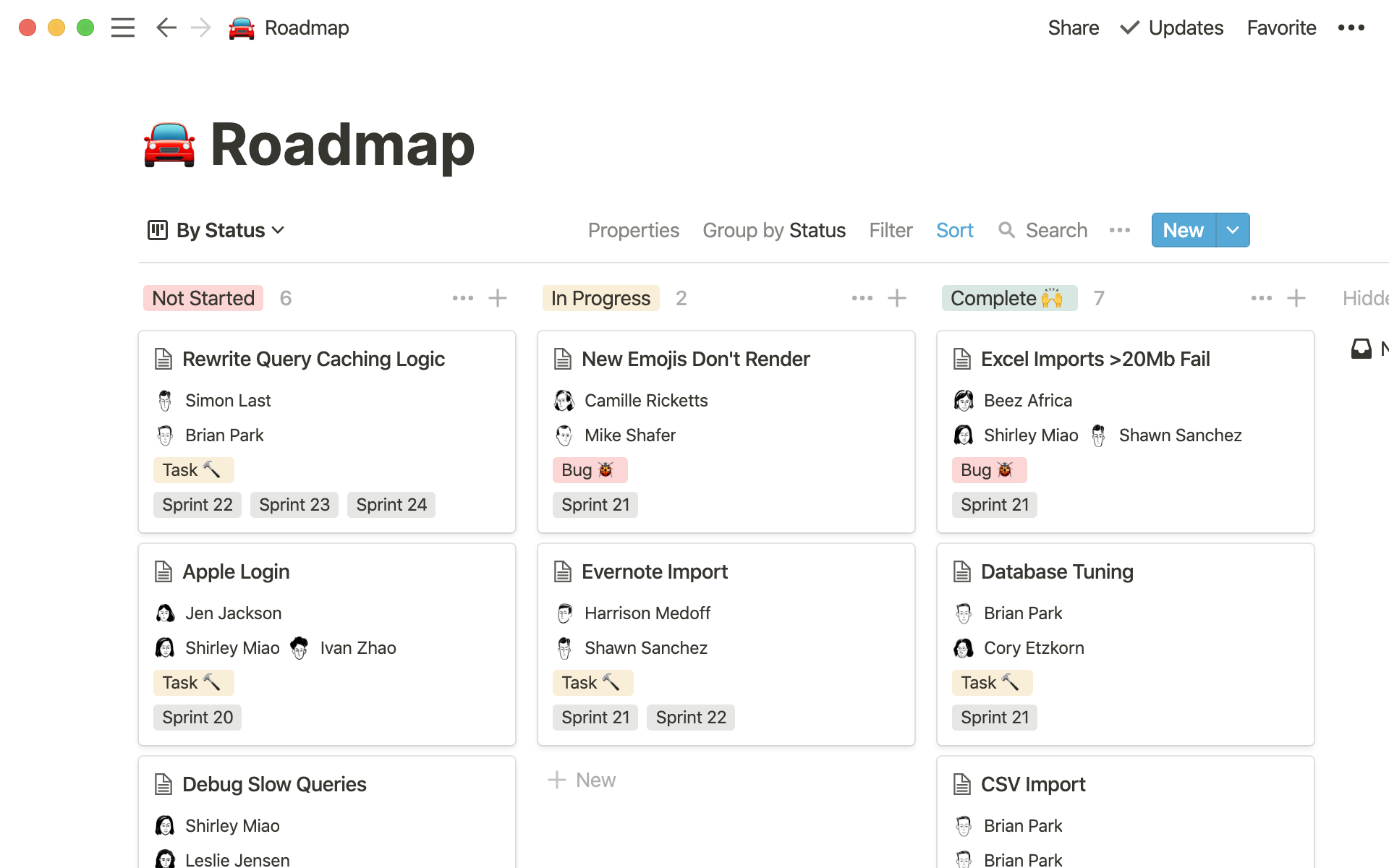
Asana
Asana is great for tracking individual tasks throughout the course of the month. Its calendar features can give you a big picture view of to-do lists, and it can even personalize your work by showing you what you have to do each day. There are also various view options that let you take control of how you arrange your project information.
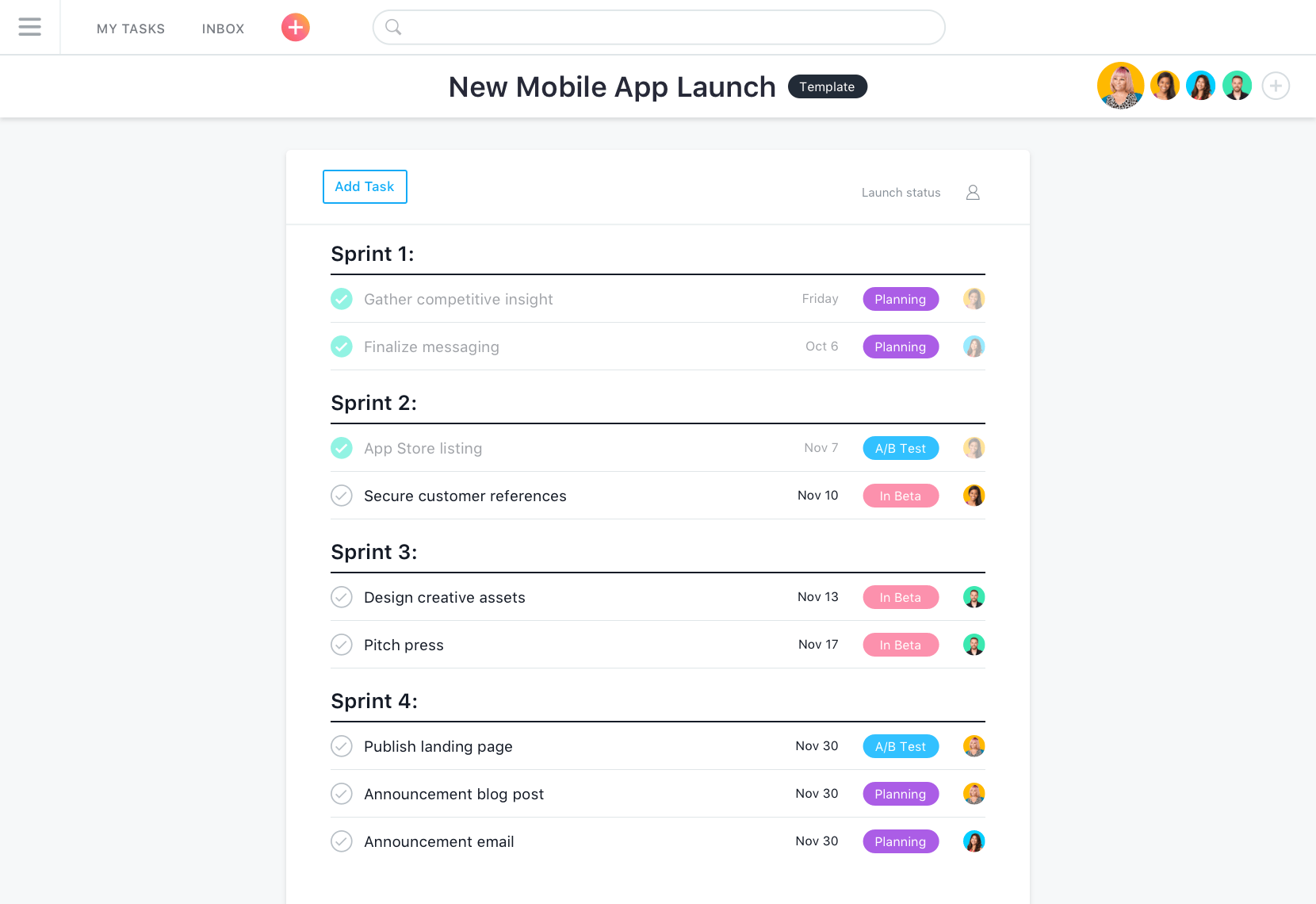
Asana has many integrations, including Slack, Google Drive, and Dropbox, so you’ll be able to establish lots of compatibility across different platforms.
Pipefy
Pipefy is another tool that’s great for project management. You can collaborate with your teams and report on processes already in progress for your projects. Pipefy comes with prebuilt process operations and email templates. You can also create your own. Plus, Pipefy has a low entry point, so any template you use will be fairly intuitive.
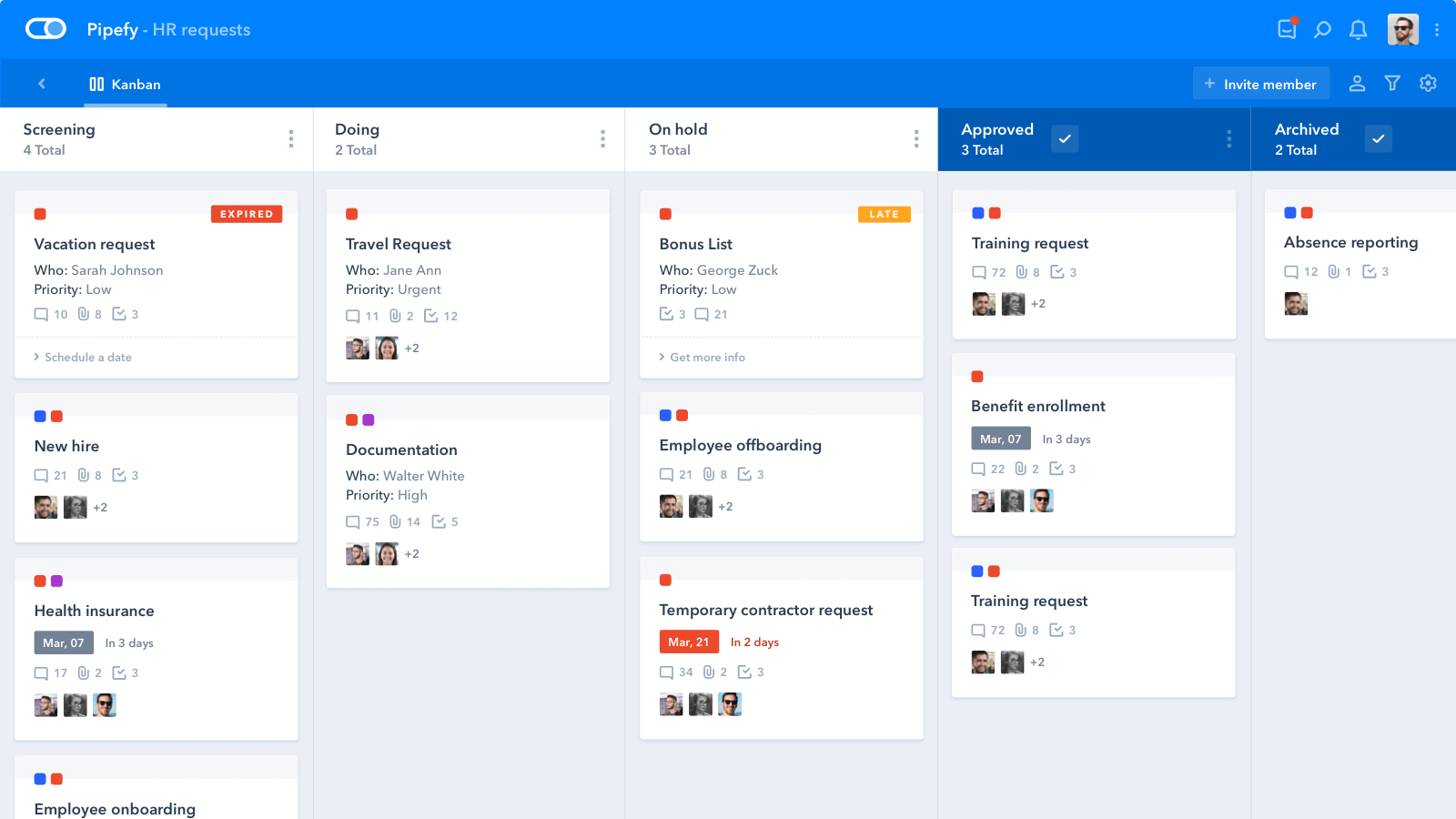
Basecamp
What’s great about Basecamp is how cleanly it arranges everything. You can create content calendars, to-do lists, files, and message boards. Again, it all depends on the types of projects you do, but Basecamp is advanced in the project management space. It has the ability to break everything down. It’s great for remote work, and communication is easy so everyone on your team understands what they’re supposed to be working on.

Jotform Tables
Jotform Tables, a spreadsheet-database hybrid like Airtable, has made a big impact since its launch in October 2020.
You can set up your forms in Jotform so that the responses go automatically to the connected table. You can also create custom filters and formulas to better understand your data and simplify daily tasks.
Jotform features several different table templates, including project tracking, monthly budgets, marketing calendars, and more. In addition, you can import Excel or CSV files directly into an editable Jotform table to move over any data you’ve collected elsewhere.
Everything is easily shareable too, so you can send tables internally or externally, and you can adjust access settings if you want control over what people can see. Jotform’s dozens of forms and specialized templates provide a powerful combination that gives you tons of flexibility when it comes to project collaboration and workflow management.
Airtable for your consideration
It’s important to choose the right tools to help you achieve your business goals. Auditing everything that’s out there is smart business practice — make sure you’re getting the most out of what you’re putting in. There’s nothing worse than getting to the end of a project and second-guessing yourself about different choices and decisions you could have made.
If you’re looking for a platform to manage your workflow and create simple collaboration within your teams, Airtable may be right for you. If you’re looking for something to make your processes more efficient over time, Airtable is a solid solution.
However, if you need a tool to help you manage complex projects and produce in-depth reports, it’s best to choose an alternative, like Jotform Tables.
Either way, you can go about your work knowing that you’ve put the proper systems in place for your business to be the best it can possibly be.



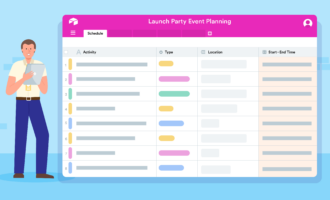









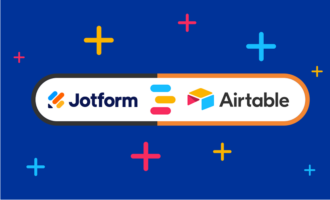

Send Comment: